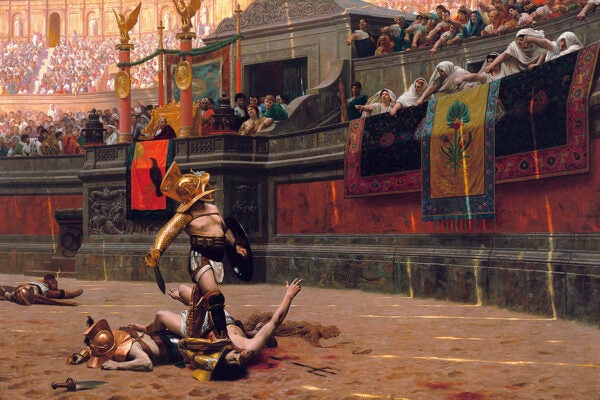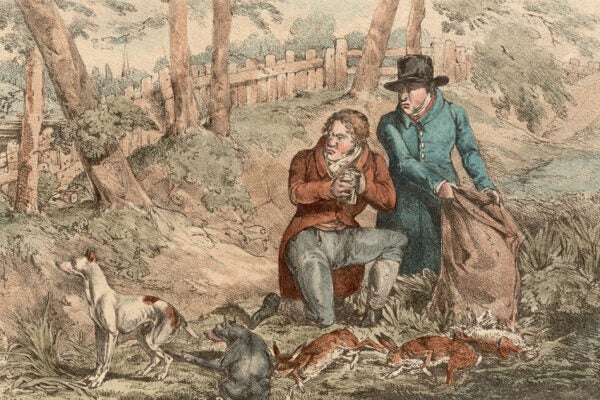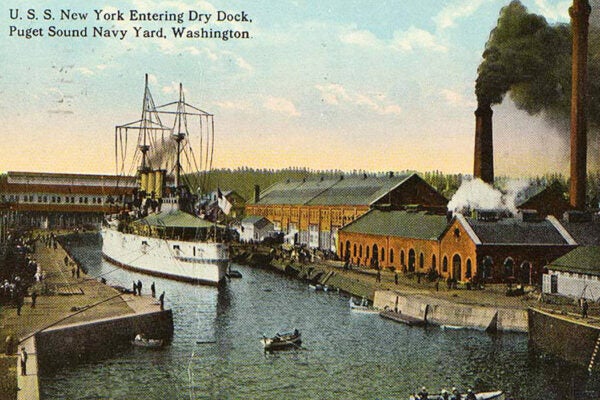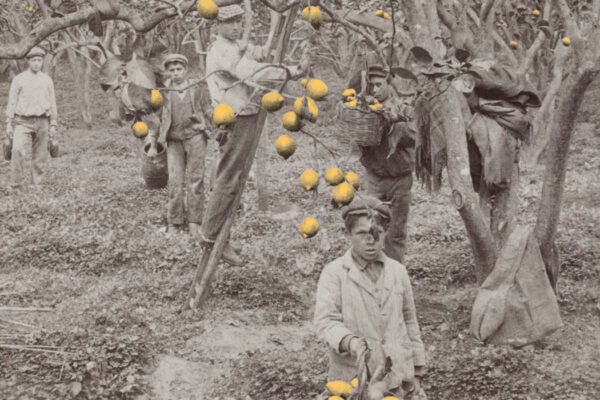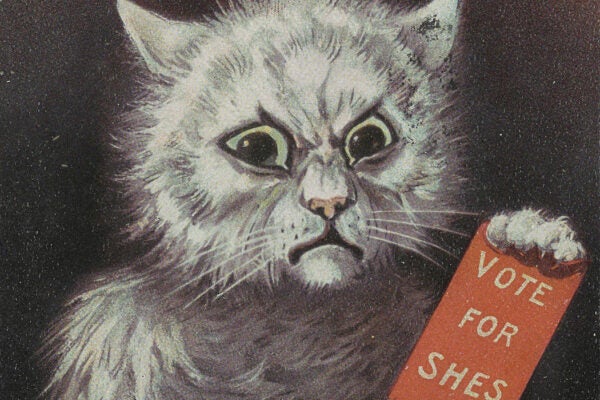Did Romans Really Fight Rhinos?
A sports historian explains the truth behind the battle scenes in Ridley Scott’s Gladiator II.
Reading for LGBTQ+ History Month
October is LGBTQ+ History Month, so the JSTOR Daily editors have rounded up a few of our favorite stories to mark the occasion.
Frederick Gowing, King of Poachers
The cultural construction of poaching meant Gowing’s trespasses were understood differently than other kinds of theft in an industrializing Britain.
Postcolonial Pacific: The Story of Philippine Seattle
The growth of Seattle in the nineteenth and twentieth centuries is inseparable from the arrival of laborers from the US-colonized Philippines.
Andrew Jackson’s Speech on the Indian Removal Act: Annotated
In December 1830, two months after the passage of the Indian Removal Act, President Andrew Jackson used his annual Congressional message to celebrate the policy.
The Lemon Gang: Citrus and the Rise of the Mafia
Poverty, disparities in wealth, widespread brigandage, and the dissolution of the feudal system enabled the predatory practices of Sicily’s citrus mafia.
The Wild West of Papal Conclaves
In the sixteenth and seventeenth century, the death of a pope led to all sorts of chaos, from the destruction of art to armed violence in the streets.
A Purrrrfect Political Storm
Crazy cat ladies have come to dominate this election season. It’s hardly the first time.
Cancún and the Making of Modern “Gringolandia”
Created from almost nothing, Cancún has become a tourist playground that both celebrates and obscures the history of the Yucatán and its peoples.
Voting in American Politics: A Syllabus
From battles to expand the franchise to the mysteries of turnout, voting is one of the most important things to understand about US politics.
